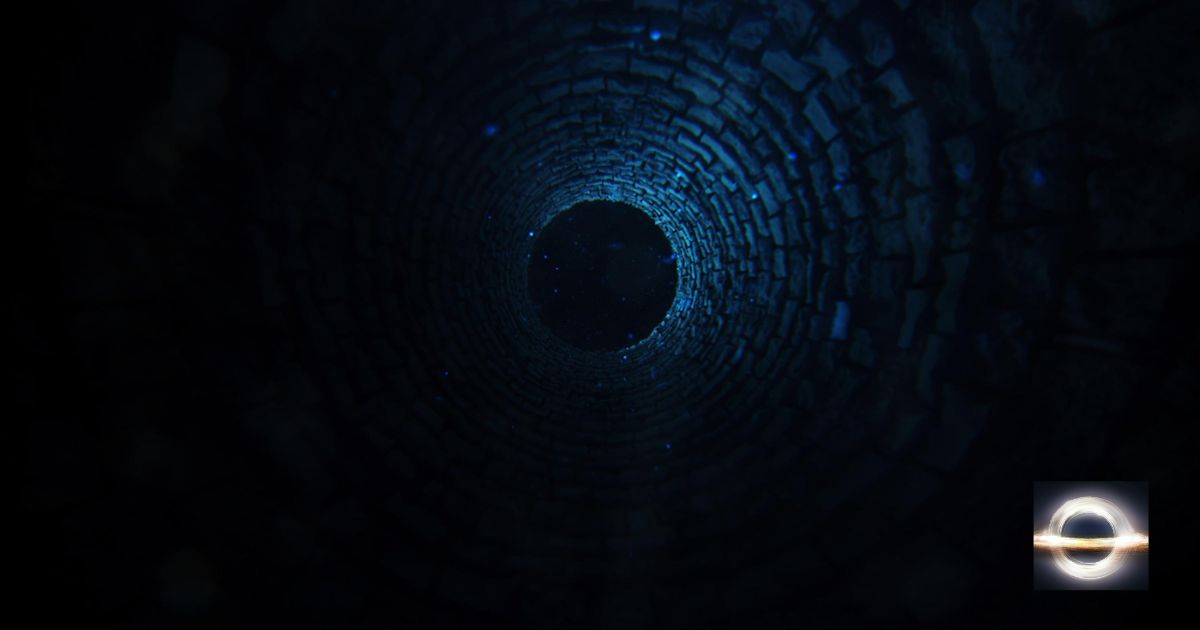The first solid clues for Dark Matter came from studying how galaxies rotate. Imagine a merry-go-round; the objects close to the center spin faster than those on the outer edge. We would expect the same in a galaxy: stars closer to the center, where most of the visible mass is concentrated, should orbit faster than the stars on the outskirts. But when astronomers measured the speeds of stars far from the center of spiral galaxies, they discovered that these outer stars are moving just as fast, or even faster, than the inner ones. This observation, called a flat rotation curve, is a huge problem. It means there must be a massive, invisible halo of matter surrounding the galaxy that provides the extra gravity needed to keep the speedy outer stars from escaping. This unseen, gravitationally powerful material is what we call Dark Matter. If the galaxy only had the stars we see, the outer regions would slow down and drift away into space, but they don’t, which is powerful evidence for something hidden.
The sheer numbers of the universe’s composition are shocking when you first hear them. If we consider all the mass and energy in the cosmos, only about 5% is made of ordinary matter—the protons, neutrons, and electrons that form everything we can see, touch, or measure directly. The dominant substance is the unseen Dark Matter, which accounts for approximately 27% of the total content of the universe. Even stranger is the remaining, largest part, which is about 68% of the total: something called Dark Energy. Dark Energy is a mysterious force that seems to be pushing the universe to expand faster and faster, completely separate from Dark Matter’s gravitational pull. This means that a massive 95% of everything that makes up our universe is unknown to us. Scientists are racing to understand these ‘dark’ components, because without them, our current understanding of the cosmos simply falls apart. The Dark Matter problem is a search for one of the main ingredients of reality itself.
Most people know about black holes that form when huge stars die and collapse, which we call stellar-mass black holes. But there is another kind, much more theoretical, called Primordial Black Holes (PBHs). These black holes would have formed in the first tiny fraction of a second after the Big Bang, not from the death of a star. In the extremely chaotic and dense conditions of the very early universe, certain regions might have been so dense that they collapsed under their own gravity, instantly creating black holes. These PBHs could range in size from being as light as an asteroid to being as heavy as a thousand suns. The key idea is that if there are enough of these PBHs scattered throughout the universe, and if they are heavy enough to have a strong gravitational effect but small enough to be incredibly hard to spot, they could be the perfect candidate for Dark Matter. They would be naturally dark because black holes do not emit any light, and they would provide the needed gravity, fitting the main requirements of the mysterious substance perfectly.
When a huge star reaches the end of its life, it explodes as a supernova and its core collapses into a stellar-mass black hole. While these are a known part of the universe, they are not a likely answer for the bulk of the Dark Matter problem. These stellar-mass black holes, along with other faint, burned-out objects like brown dwarfs and white dwarfs, are collectively known as Massive Compact Halo Objects, or MACHOs. Astronomers used a technique called microlensing—where the gravity of a MACHO bends and brightens the light from a background star—to search for them. The results from massive, decade-long searches have shown that while MACHOs exist, they simply do not make up enough of the total missing mass to be the full explanation for Dark Matter. The search experiments placed strong limits on how many MACHOs could be in our galaxy’s halo. Most scientists now agree that the true Dark Matter is likely something non-baryonic—meaning it’s not made of the same protons and neutrons as ordinary matter, which excludes stellar black holes.
Even for the theoretical Primordial Black Holes (PBHs), scientists have found clever ways to put limits on their possible sizes and numbers. If PBHs were very small, they should emit a type of radiation called Hawking radiation and evaporate over the age of the universe, but we haven’t detected this signal in the amounts expected. If they were too large, they would cause too much gravitational microlensing of distant stars, which would show up as too many brief brightenings in our telescope data. By carefully measuring the distortions of light, scientists have put very strong limits on the range of masses that PBHs could have, making it seem unlikely that they account for all of the Dark Matter. For example, observations by the LIGO and Virgo gravitational wave detectors, which sense the ripples in spacetime when black holes crash into each other, give us clues about the populations of certain mass black holes. While these observations are fascinating and may hint at some PBHs, they have not yet shown enough to account for the entire Dark Matter budget.
Since black holes and other large, non-luminous objects have been mostly ruled out from being the entire source of Dark Matter, the leading idea today is that Dark Matter is composed of a new, undiscovered type of tiny particle. The most popular candidate has long been the WIMP, or Weakly Interacting Massive Particle. The name is quite descriptive: WIMPs would be massive, but they would only interact with ordinary matter through gravity and the weak nuclear force (which is a very short-range, minor force). This weak interaction explains why they pass right through us and everything else without being noticed. Currently, large, sensitive detectors are built deep underground—to shield them from cosmic rays and other noise—to directly look for the tiny flash of light or energy that a WIMP might create if it rarely collides with an atomic nucleus. While WIMPs are the classic favorite, other particle candidates like Axions are also being searched for in dedicated experiments around the world.
The hunt for Dark Matter is one of the biggest scientific missions of our time, and the coming years will bring incredible new tools to the search. Massive new telescopes like the Vera C. Rubin Observatory will map the sky in unprecedented detail, allowing scientists to use gravitational lensing to create the most precise maps of Dark Matter distribution ever made. By seeing how light from millions of distant galaxies is warped, they can map the invisible clumps of Dark Matter between us and those galaxies. At the same time, underground physics laboratories continue to grow, building even more sensitive WIMP and Axion detectors. If Dark Matter is a particle, these experiments are designed to finally catch it. If it turns out to be Primordial Black Holes, gravitational wave observatories, which are constantly being upgraded, will become more sensitive to the faint signals of their mergers, helping to piece together their population across the cosmos.
The problem of Dark Matter is fundamentally a search for 85% of the universe’s mass. We know it exists because of its powerful gravitational pull, holding galaxies and clusters together against all odds. While the idea that black holes, especially those formed in the universe’s infancy, could be the answer is a fascinating one, observations are making it increasingly difficult for them to be the whole solution. The evidence currently points toward a new, undiscovered, non-luminous particle, like the WIMP or the Axion, as the most likely candidate. Science is an ongoing process of discovery, ruling out old ideas and testing new ones. The true answer to the Dark Matter mystery is out there, waiting to be found. When scientists finally identify this elusive substance, it will revolutionize our understanding of space, time, and the very beginning of the cosmos.
What if Dark Matter isn’t just one thing, but a mix of particles and primordial black holes?
FAQs – People Also Ask
Dark Matter is an invisible substance in space that has mass and gravity, but it does not emit, absorb, or reflect any light, which is why we cannot see it directly. Its existence is known only because its gravity affects the way that visible objects, like stars and galaxies, move and clump together in the universe.
In total, Dark Matter is estimated to make up about 27% of the entire universe’s mass and energy content. In comparison, all the ordinary matter that makes up stars, planets, and people is only about 5%, with the remaining 68% being the even more mysterious Dark Energy.
The strongest evidence comes from observing the rotational speed of stars in spiral galaxies. Stars far from the galactic center orbit much faster than they should if the galaxy’s mass were only the visible stars and gas. This extra speed can only be explained by a massive, invisible halo of Dark Matter surrounding the galaxy.
A WIMP is a hypothetical type of particle that is a leading candidate for Dark Matter. The name means it would be relatively heavy, but it would only interact with ordinary matter via the force of gravity and the weak nuclear force, which is why it is so difficult to detect.
The most common types are stellar-mass black holes, which form from the collapse of a large star, and supermassive black holes, which sit at the center of most galaxies. A third, theoretical type is the primordial black hole, which is thought to have formed in the earliest moments of the universe.
Dark Matter passes through Earth and all objects on it all the time. Since it only interacts with us through its very weak gravitational force, the effect on planets and people is negligible. It is only noticeable on the huge scales of galaxies and galaxy clusters, where the combined mass of Dark Matter is immense.
Dark Matter is an invisible form of matter that creates an attractive gravitational force, holding galaxies and galaxy clusters together. Dark Energy is a mysterious form of energy that creates a repulsive pressure, causing the expansion of the universe to speed up over time. They are two different, unrelated cosmic mysteries.
Primordial Black Holes are good candidates because they are naturally dark, meaning they do not emit light, and they have mass, which means they would provide the extra gravity needed to solve the Dark Matter problem. They would also be made of non-baryonic matter if they formed before the first atoms, which fits with our best understanding of Dark Matter.
Gravitational lensing is an effect predicted by Einstein, where the gravity of a very massive object (like a cluster of Dark Matter) bends and warps the light from objects behind it. By observing how light from distant galaxies is distorted, scientists can create maps of the invisible Dark Matter clumps that are causing the bending.
Scientists are confident Dark Matter is not just ordinary gas or dust because those materials would interact with light in some way. They would either emit light (like hot gas) or block/absorb light (like cold dust), and we can account for nearly all the ordinary, visible matter in the universe. The missing mass must be truly non-luminous and fundamentally different.

